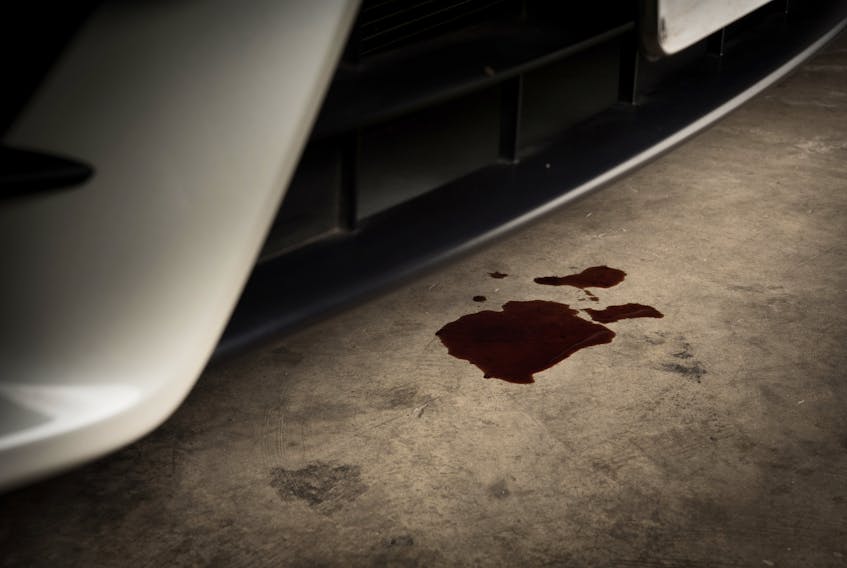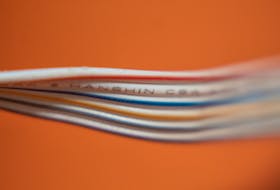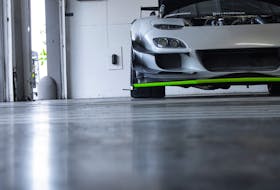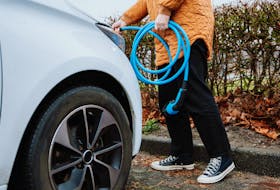By Brian Turner
With the money that’s spent on new-vehicle acquisitions and the overabundance of website info on any problems that might crop up with them, it’s small wonder dealership service customers loathe the phrase “No Fault Found” when their complaint has been checked out by tech staff.
These words can often create contention when dealing with fluid leaks. We can be told that a lot of characteristics on our rides are normal or acceptable, but nothing should leak any vital fluid, right?
The root cause for all this can be traced to automakers’ warranty-administration mandates to their dealerships, which often distinguish between a “sweating” condition and an actual leak. Sweating is considered normal for most seals and gaskets on powertrains, and on hydraulic systems such as power steering and brake controls.
Sweating vs. leaking
What’s the difference between a sweat and leak? According to most dealership warranty manuals, a leak is a physical drip of fluid coming out, while a sweat is merely a stain.
This debate between clients and dealer service staff usually begins when a customer has been given a report of a leak/sweat by a tech during a routine maintenance service, which is often performed at a non-dealership facility such as a “quick-lube” place. The customer checks the vehicle warranty and if they think it should be covered, they make an appointment with their dealership. Things can get warm at the service desk when a consultant delivers the dreaded “no fault found” statement, which contradicts what the customer’s trusted oil changer has told them.
When it’s normal to sweat
Many of these sweat conditions are a result of seal design, because many engine and transmission seals – especially those that surround moving parts like crankshafts and axles – have a hollow channel on the fluid side. When this channel fills with oil under pressure, it expands to tightly seal against leaks. When things are at rest, miniscule amounts of oil can seep to the exterior side of the seal, leaving the sweat stain that is often mistaken as a defective seal.
When it’s normal to leak
There are also visible and real fluid leaks that don’t require any repair and are totally normal. Two examples are water dripping from a muffler drain hole, and from the air-conditioning condensation collection tray. When faced with this situation, the best course to take is to ask your service consultant to show you the suspected seal on the vehicle. Then ask yourself: If you were paying for the repair, rather than the carmaker, would you bother having the seal replaced? If you’re worried about the sweat developing into a true leak after the warranty expires, arrange for an end-of-warranty inspection prior to the term’s deadlines. Get the inspection results in writing and keep that in a safe place, in case a simple sweat turns into a nasty leak.









